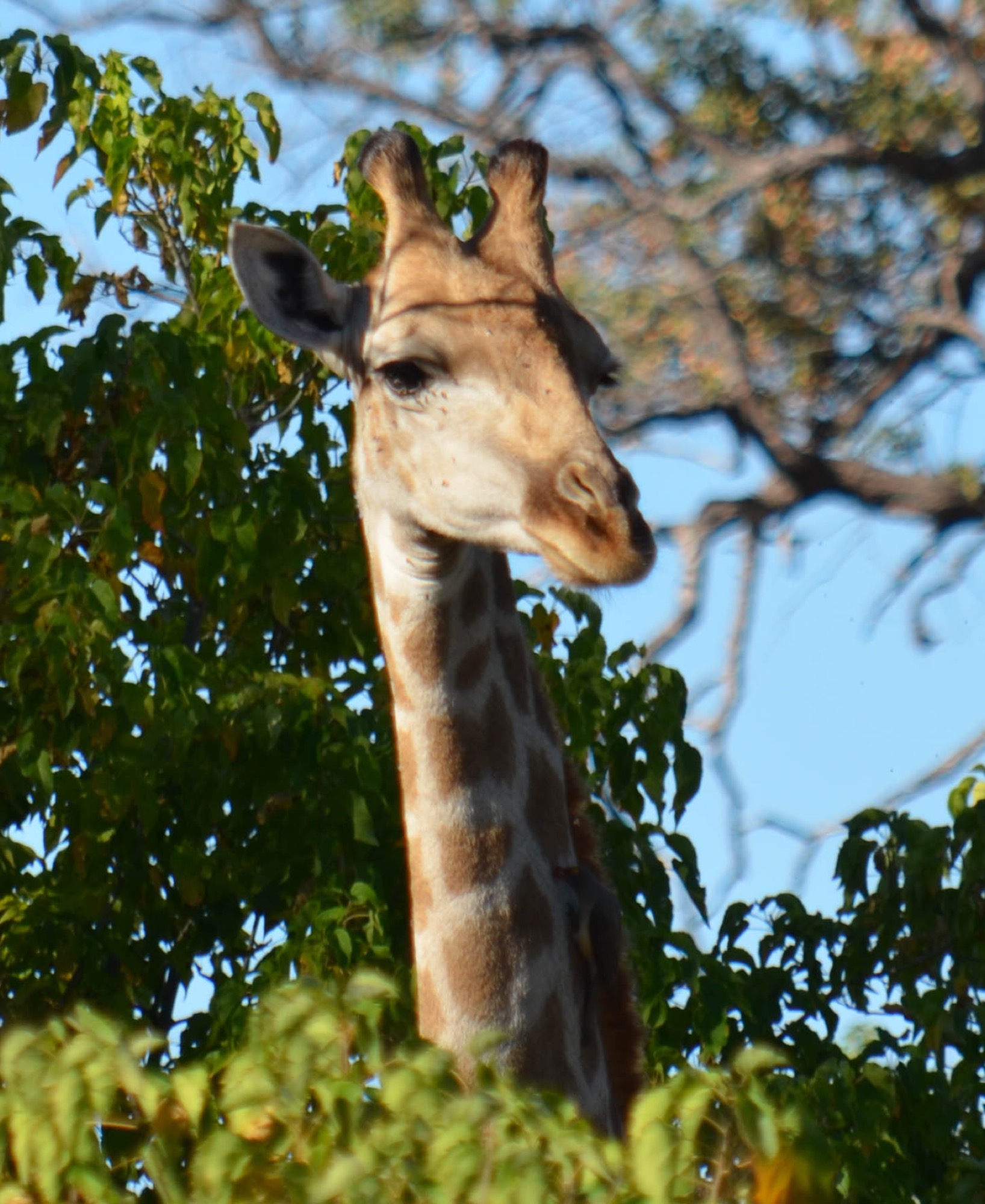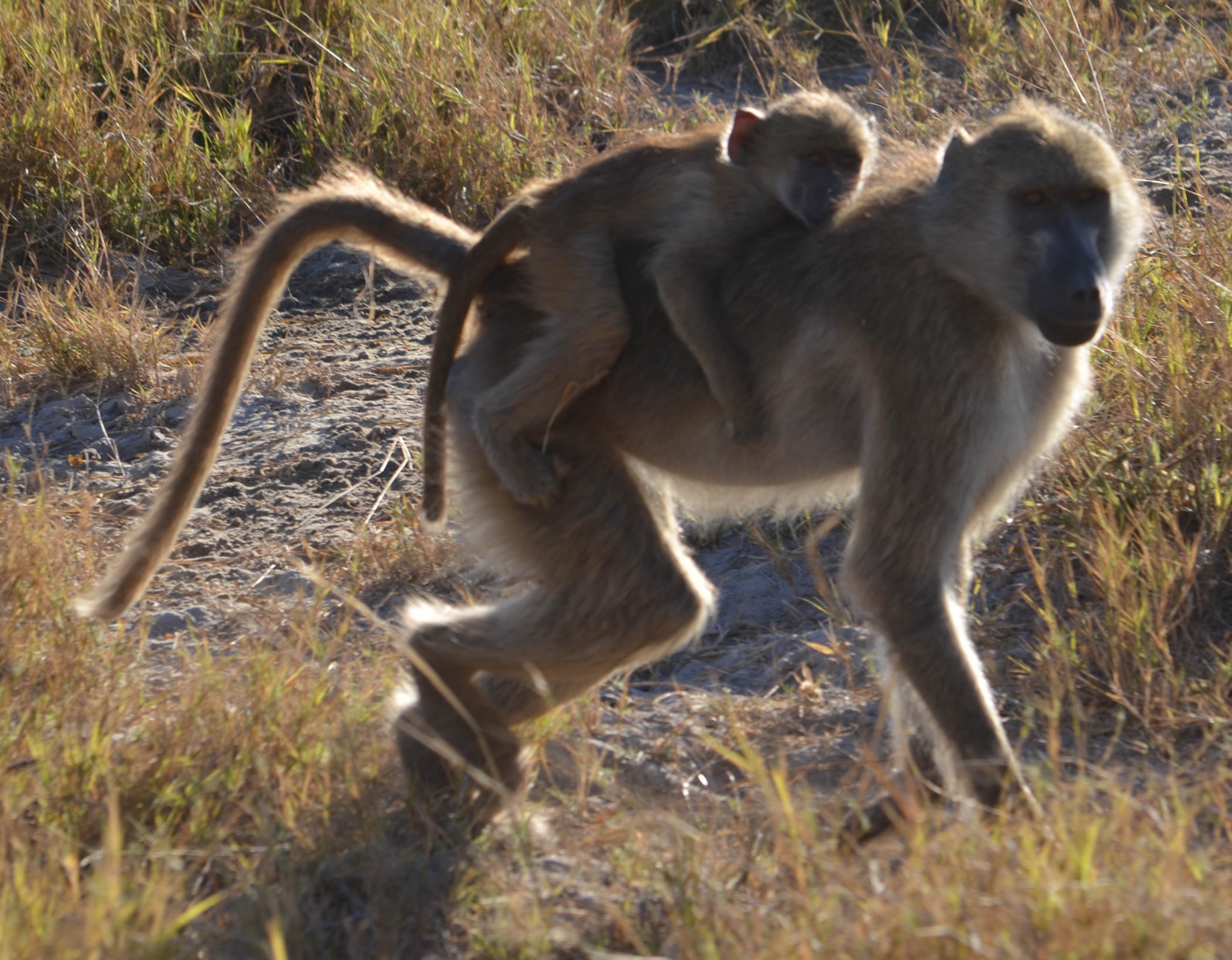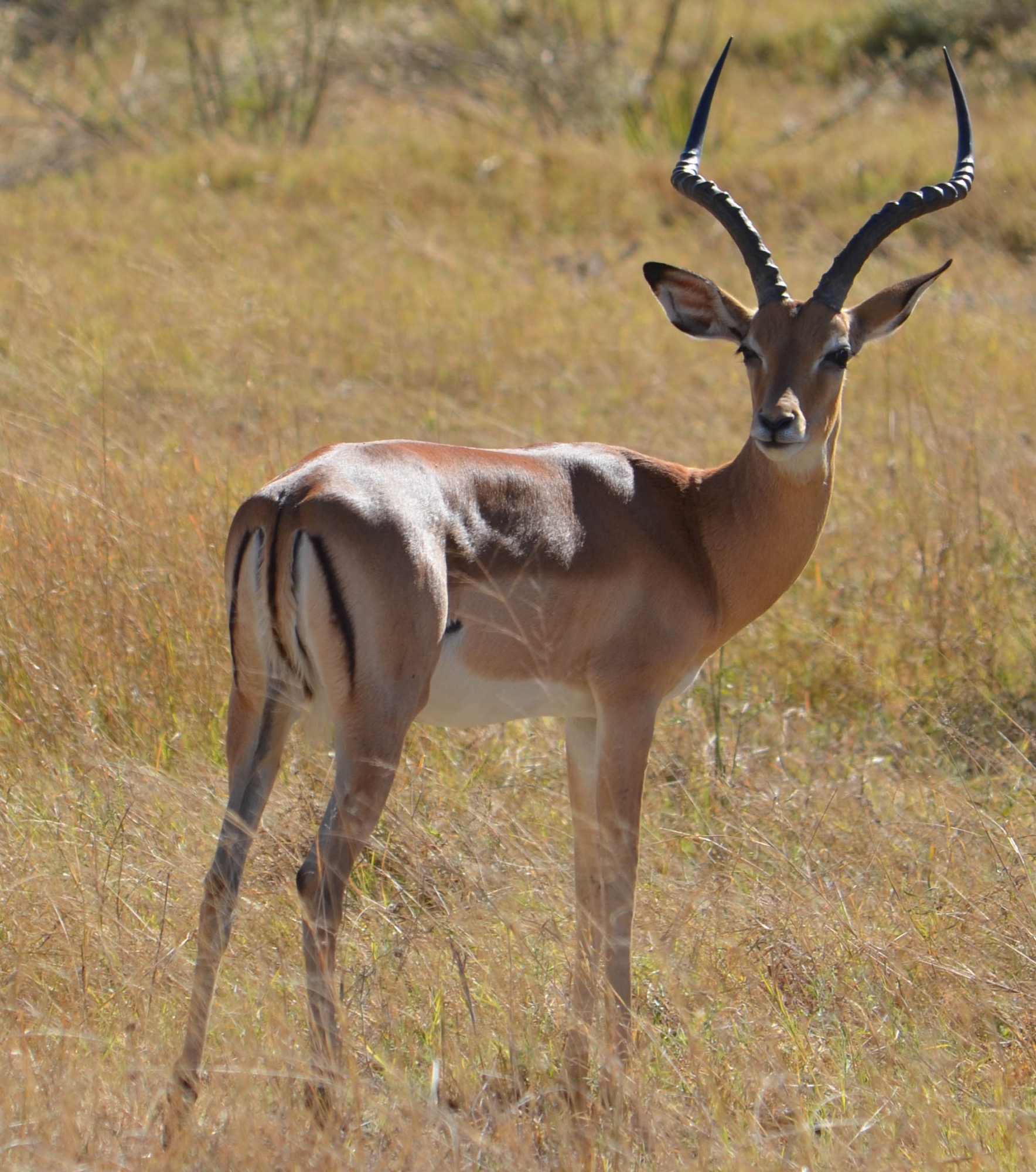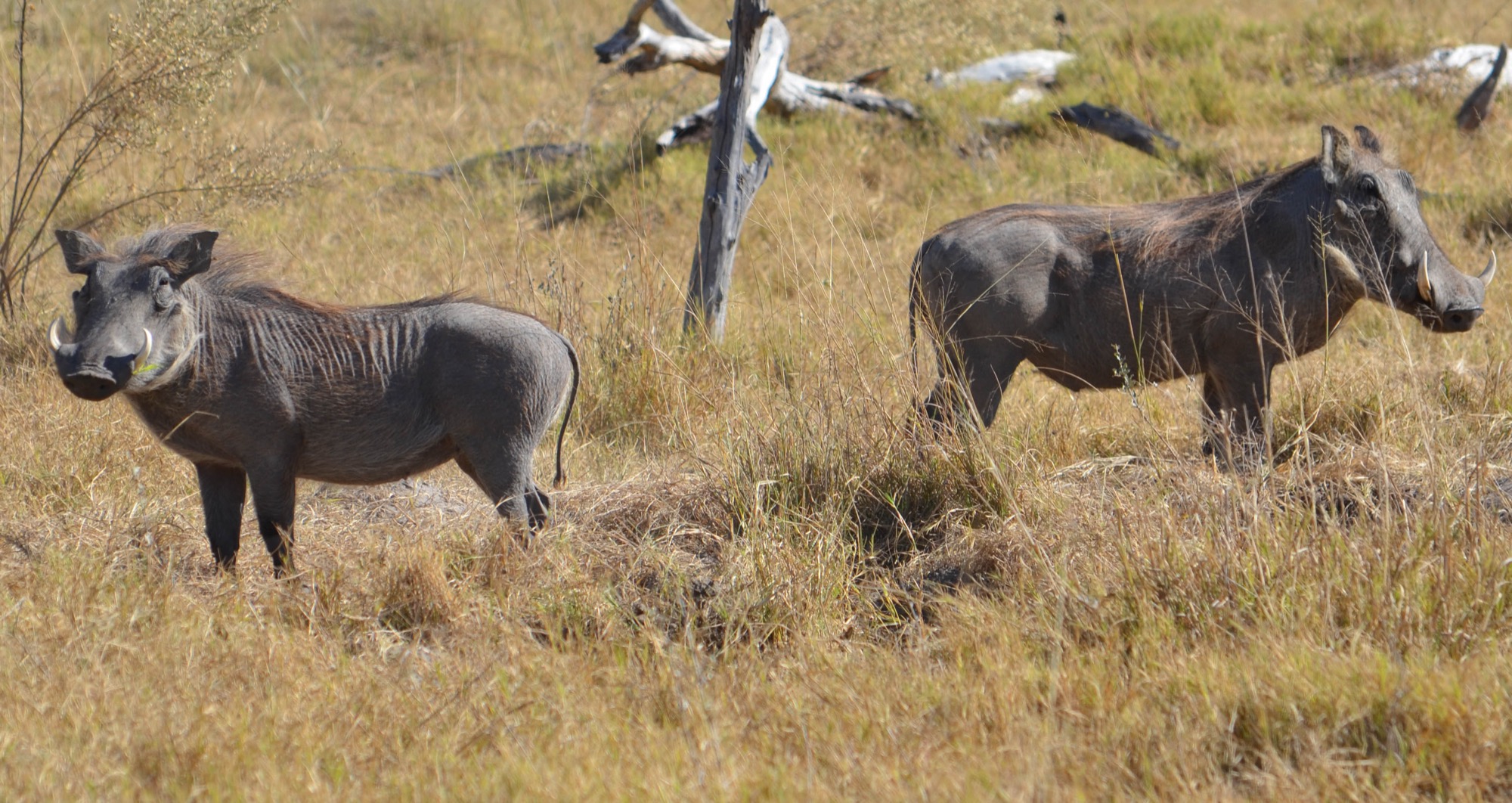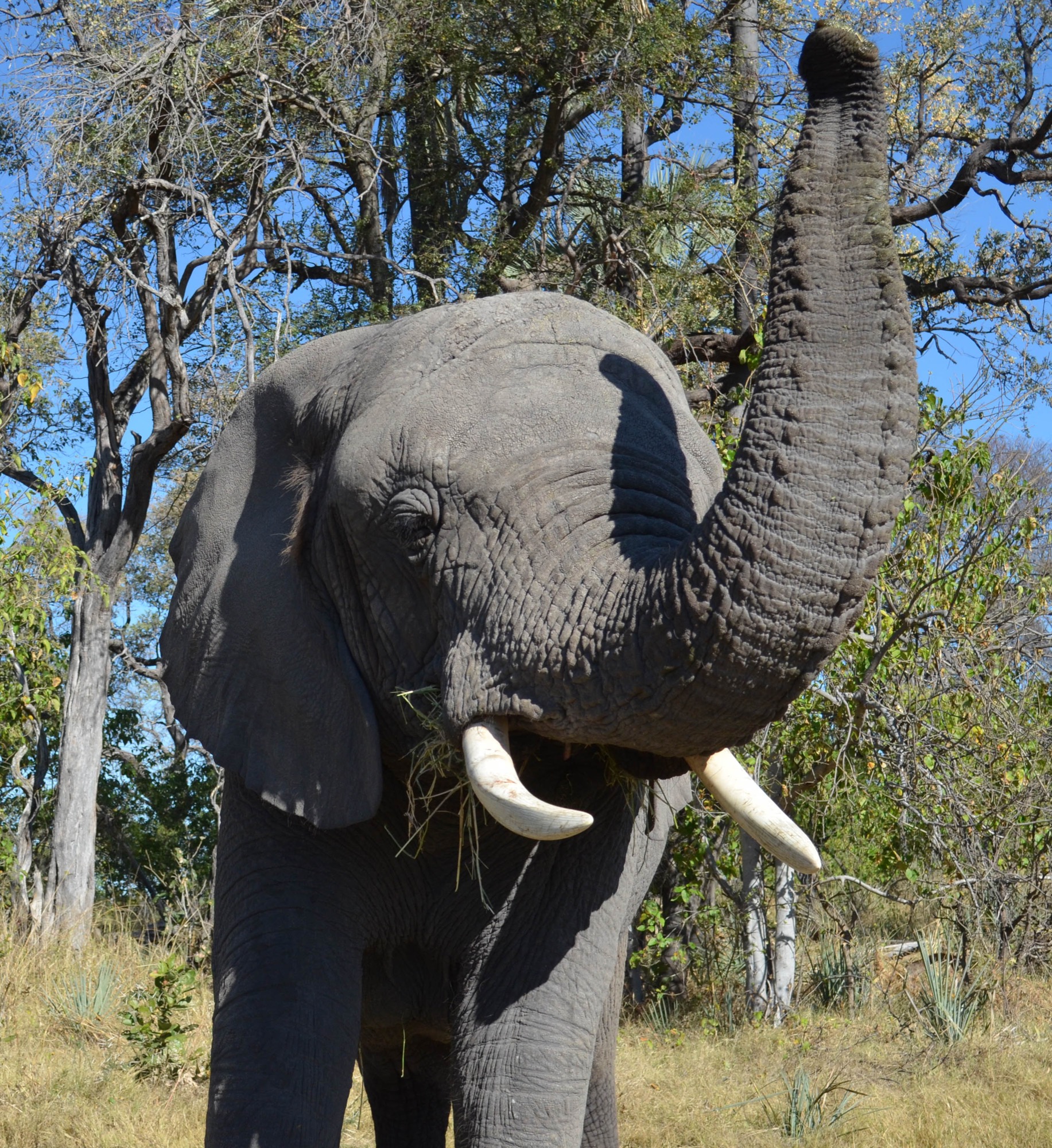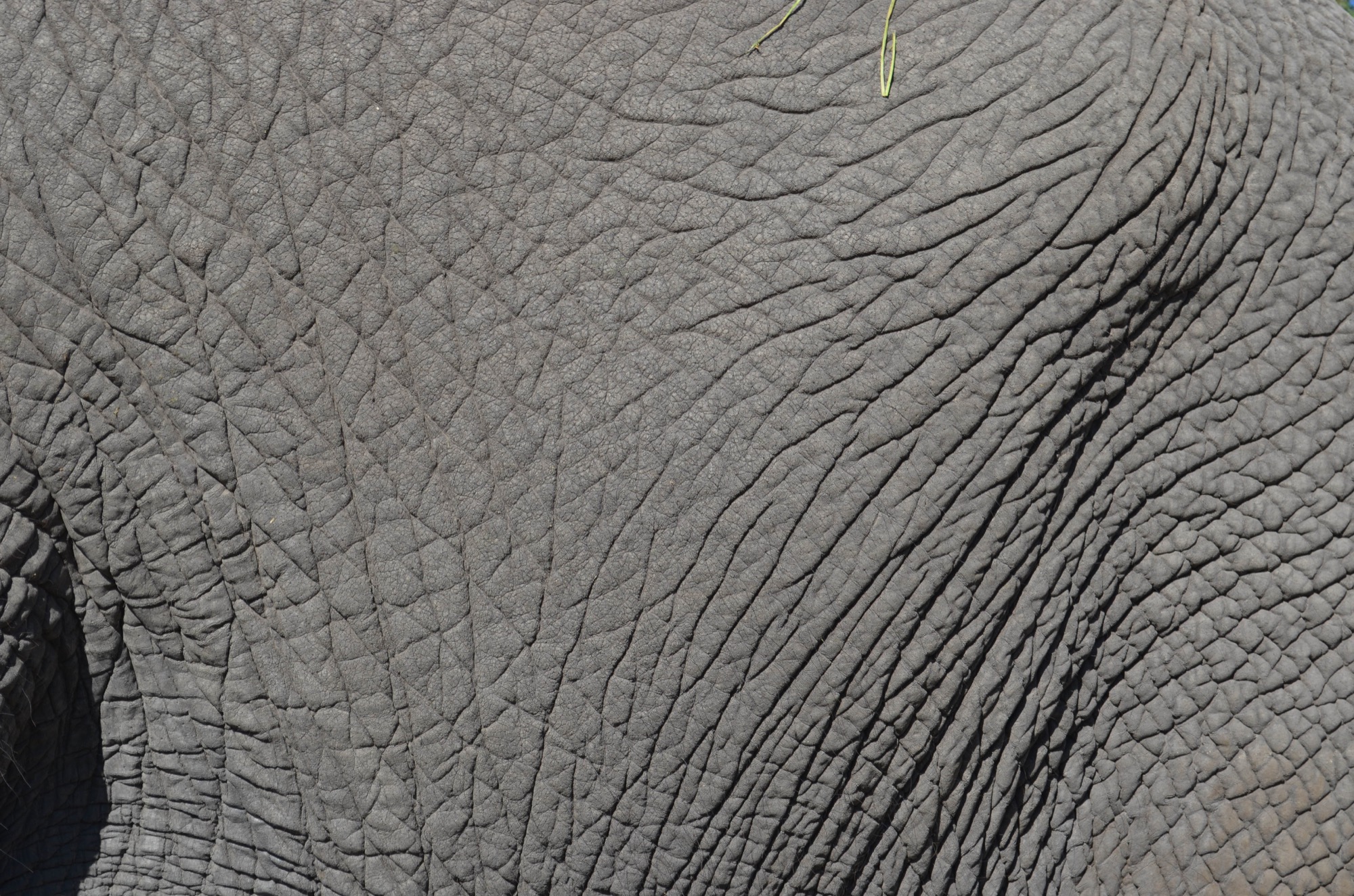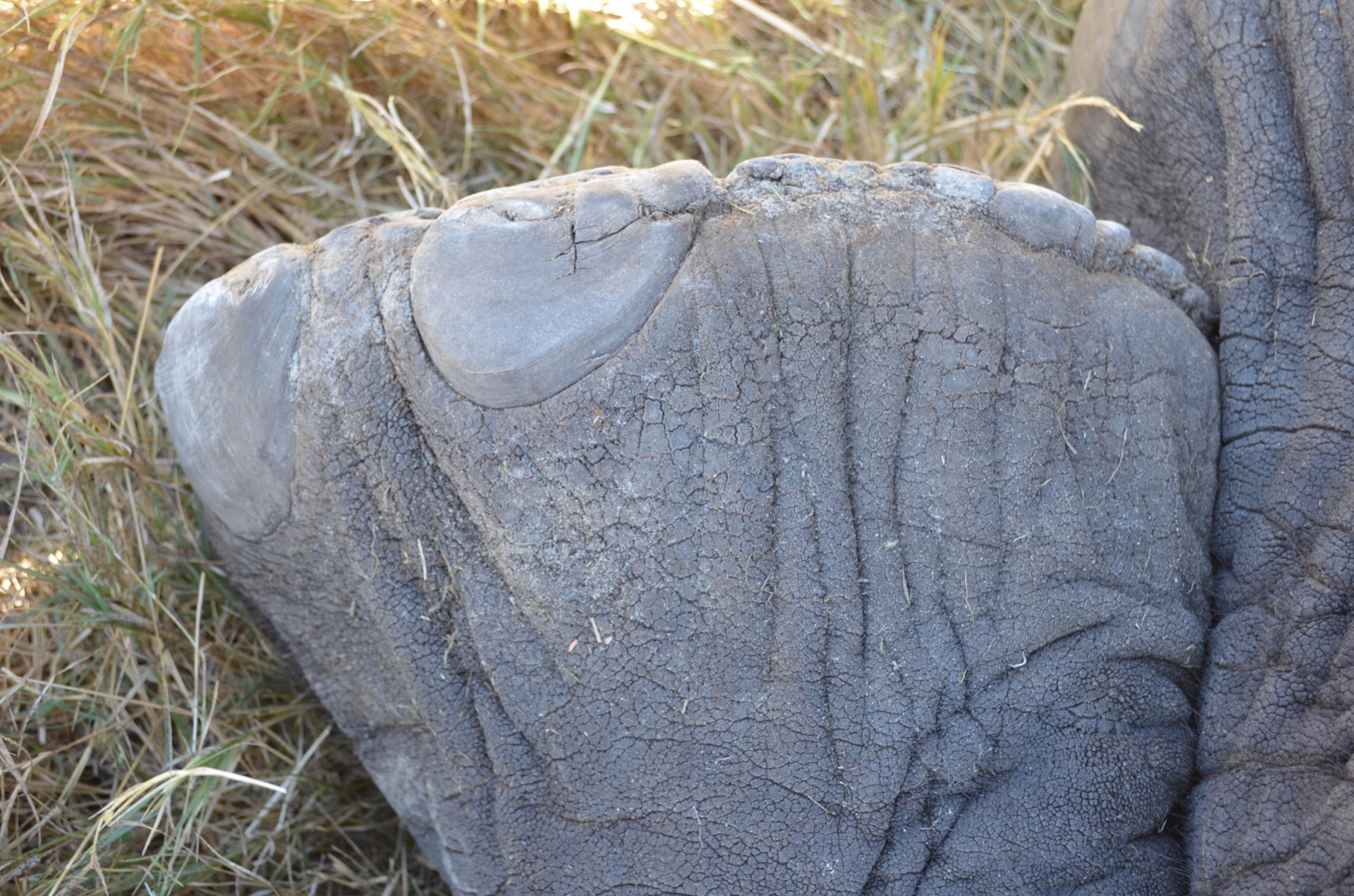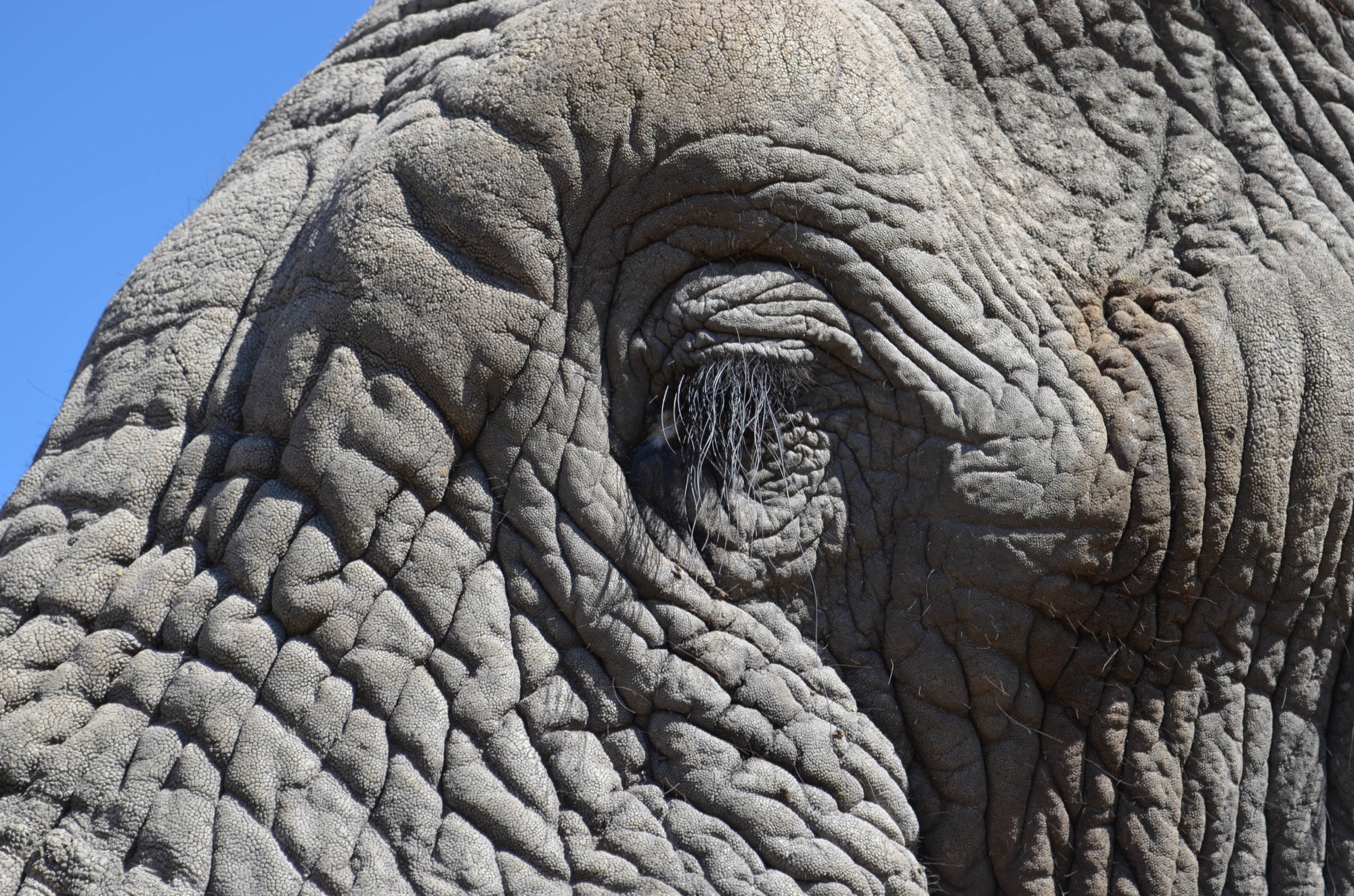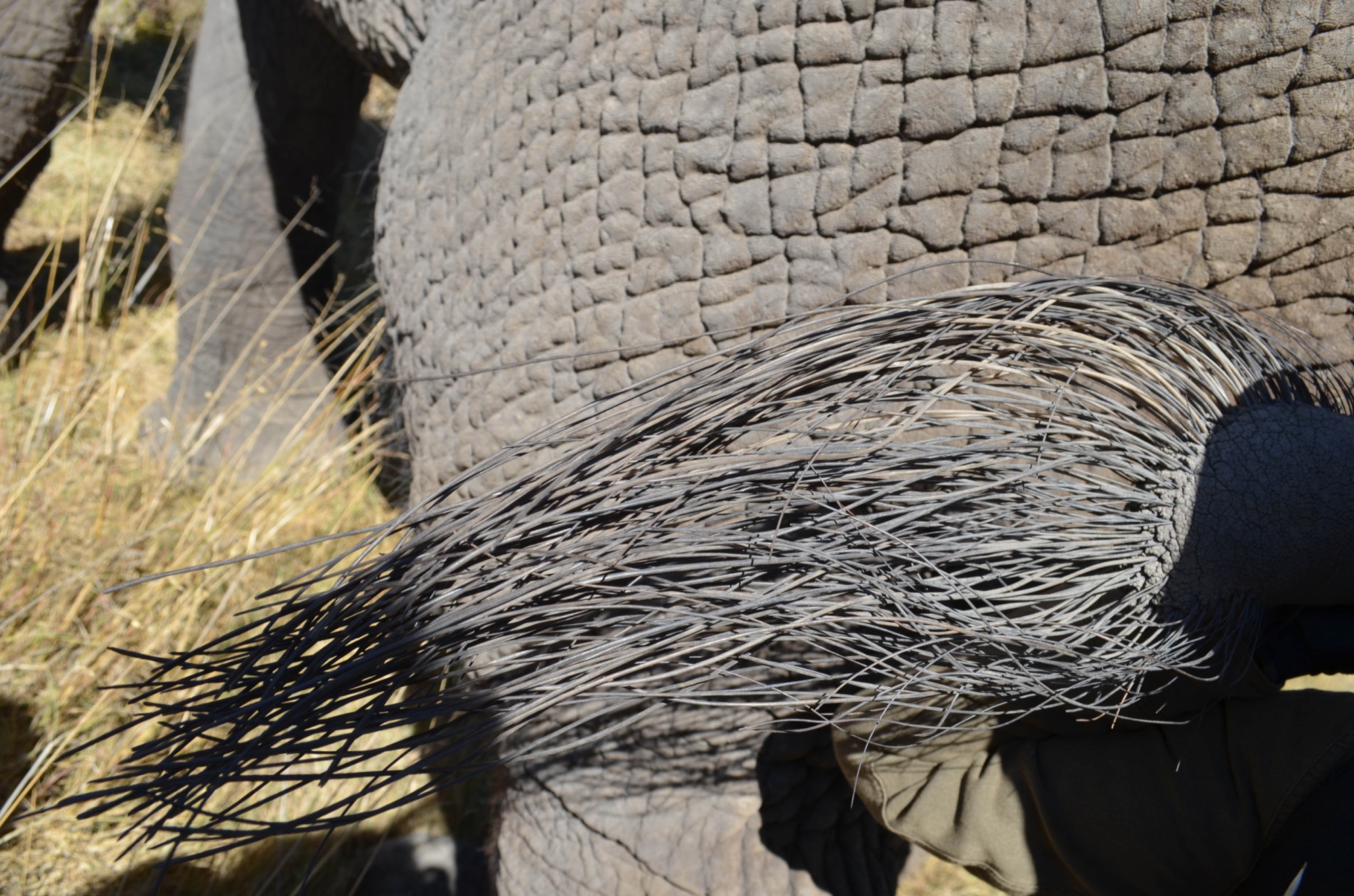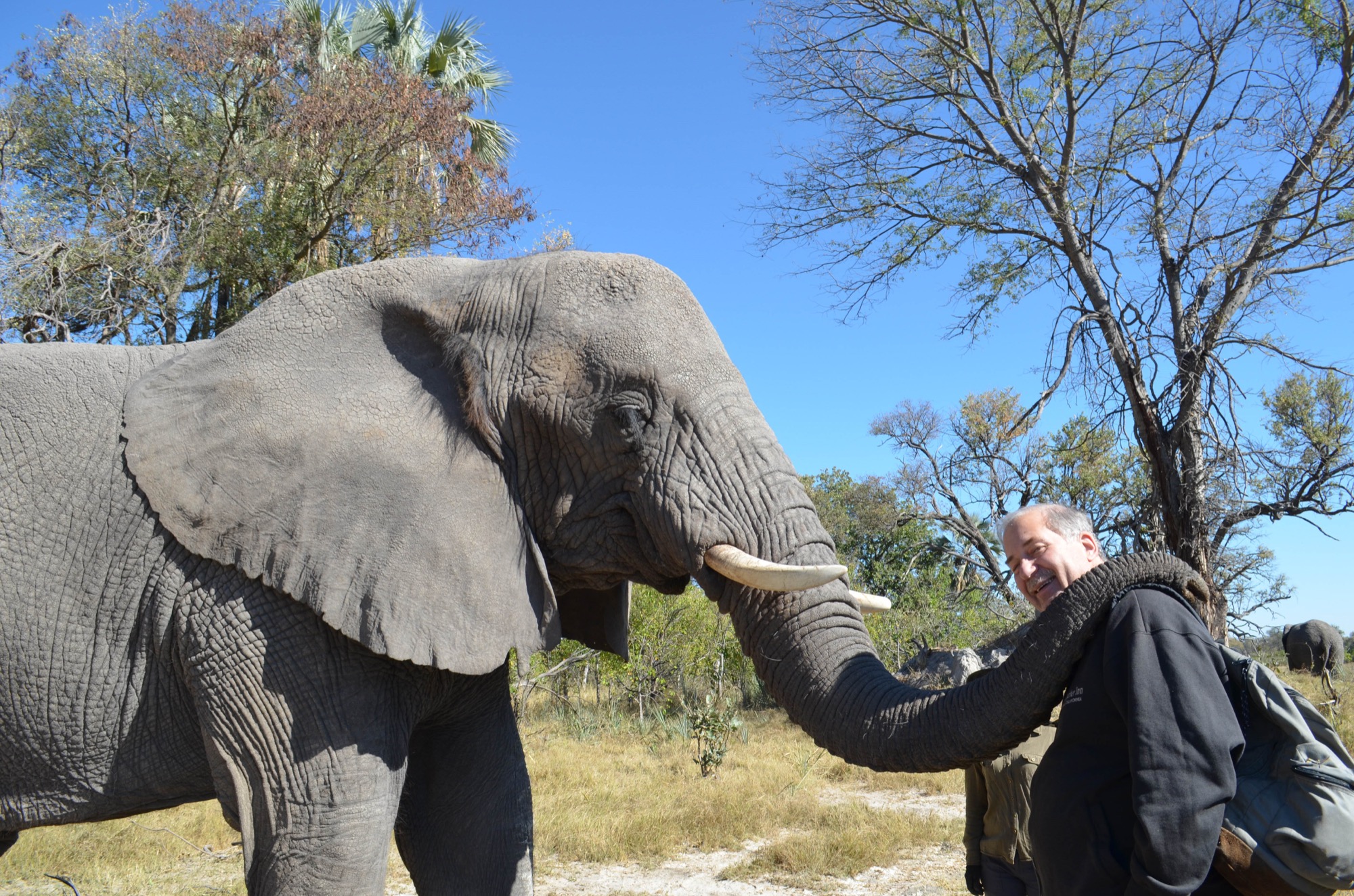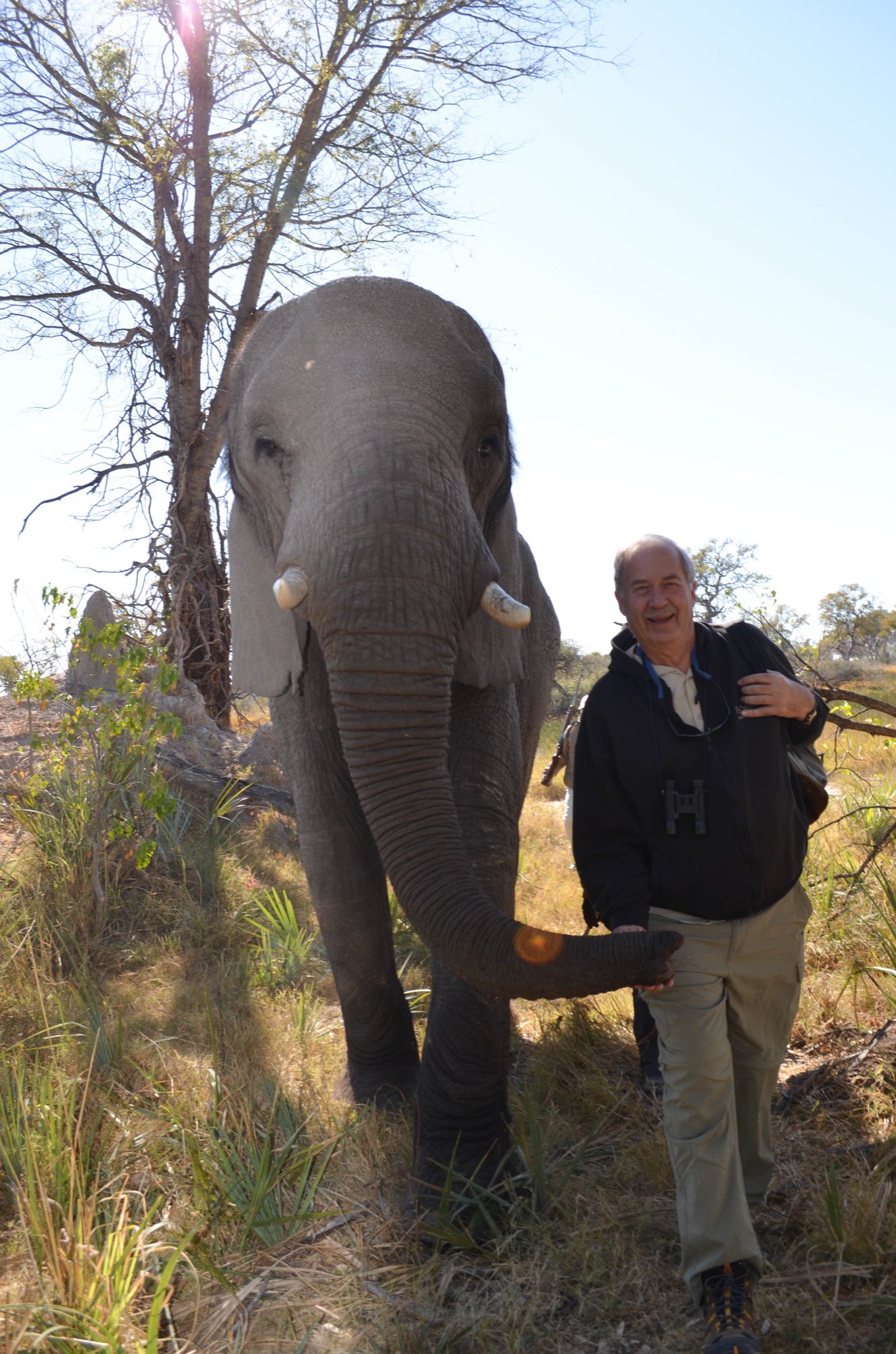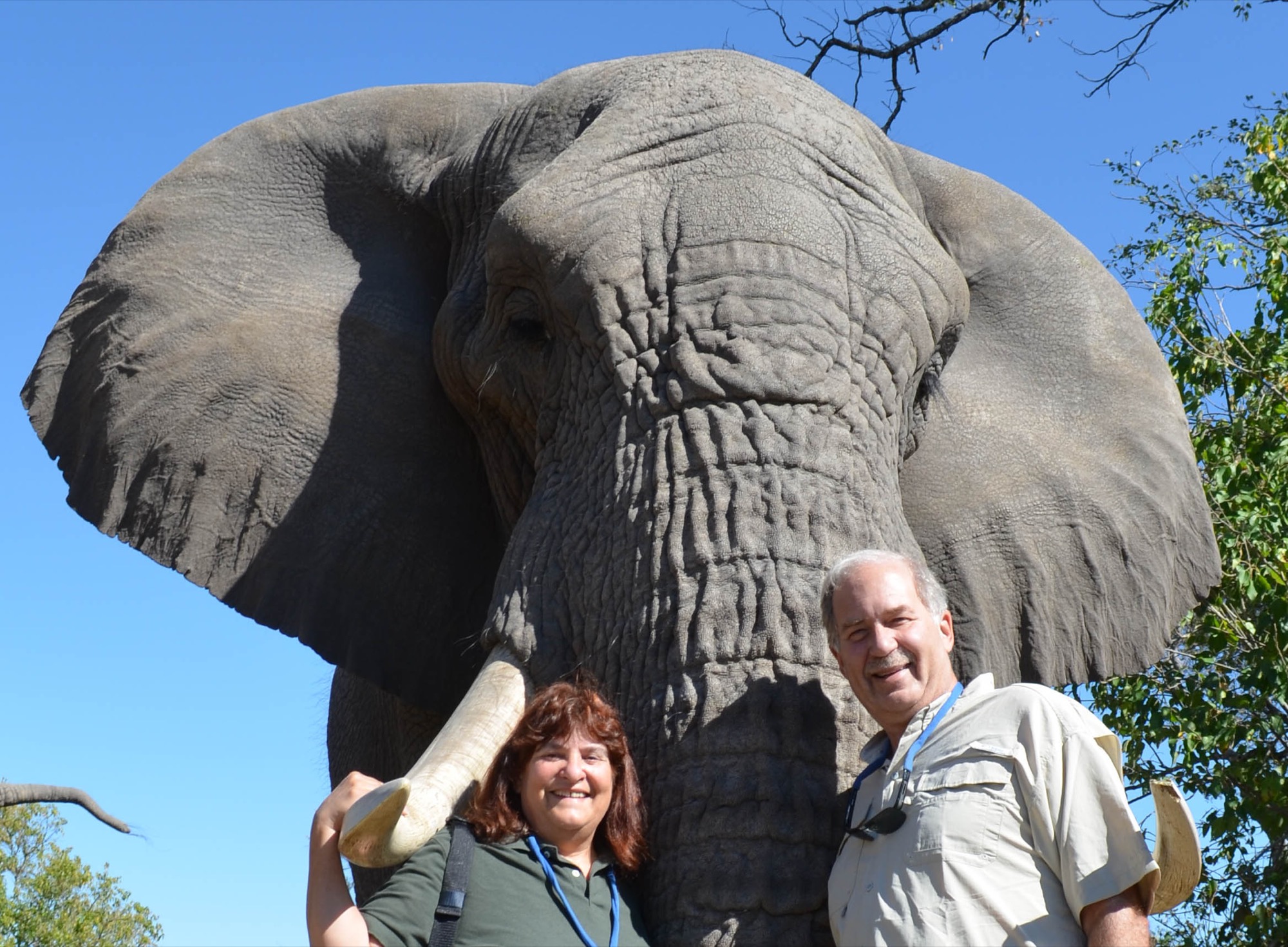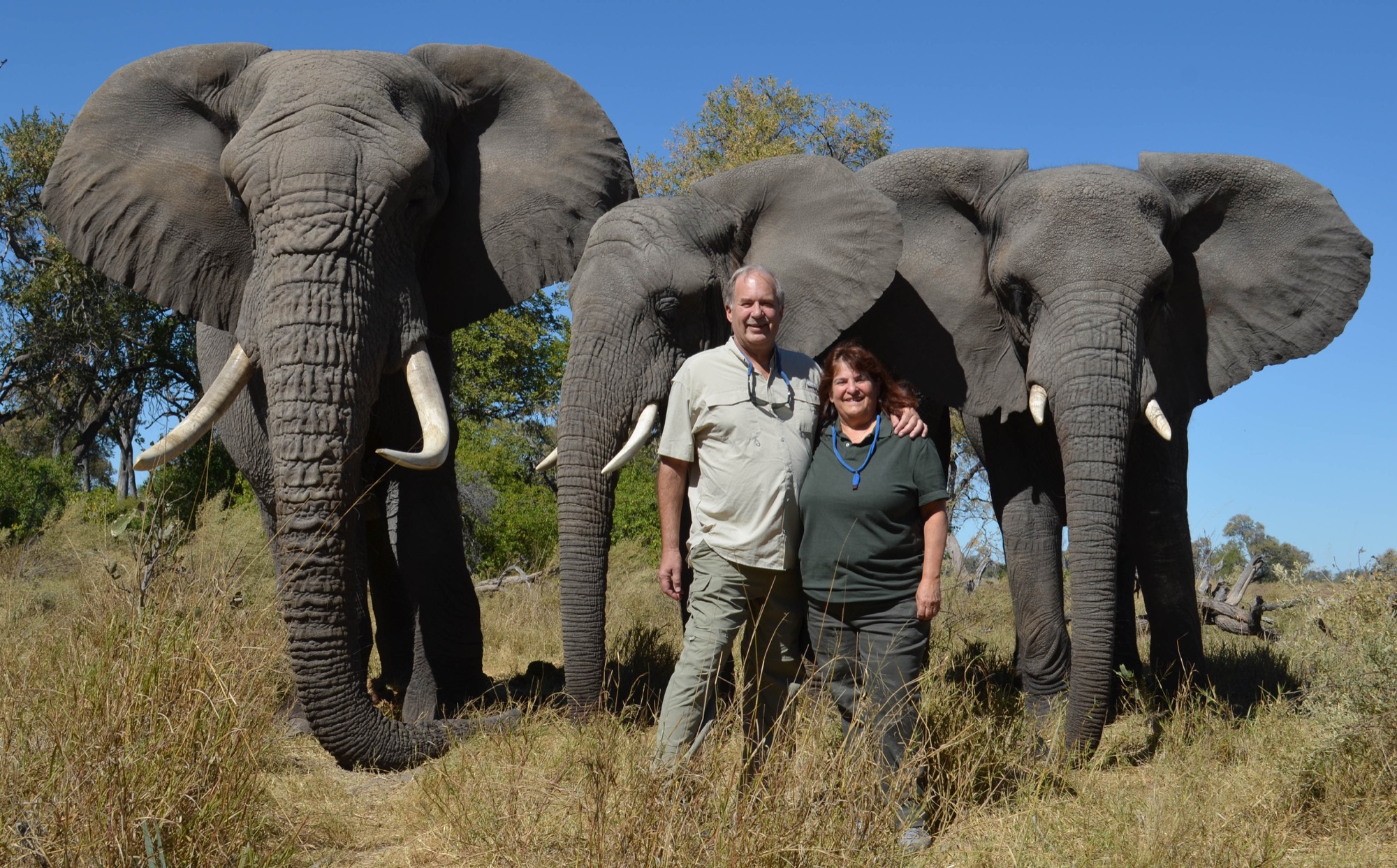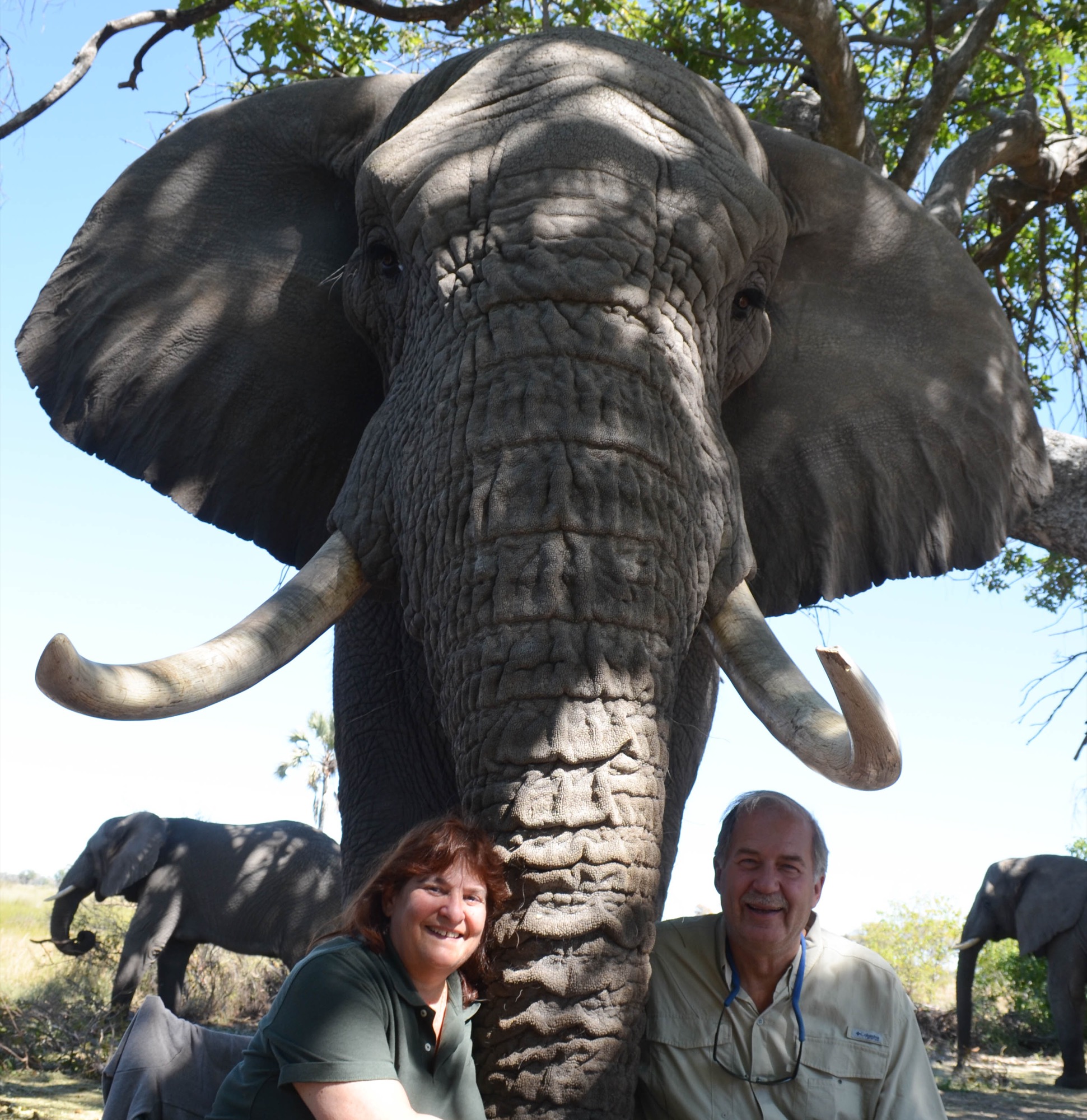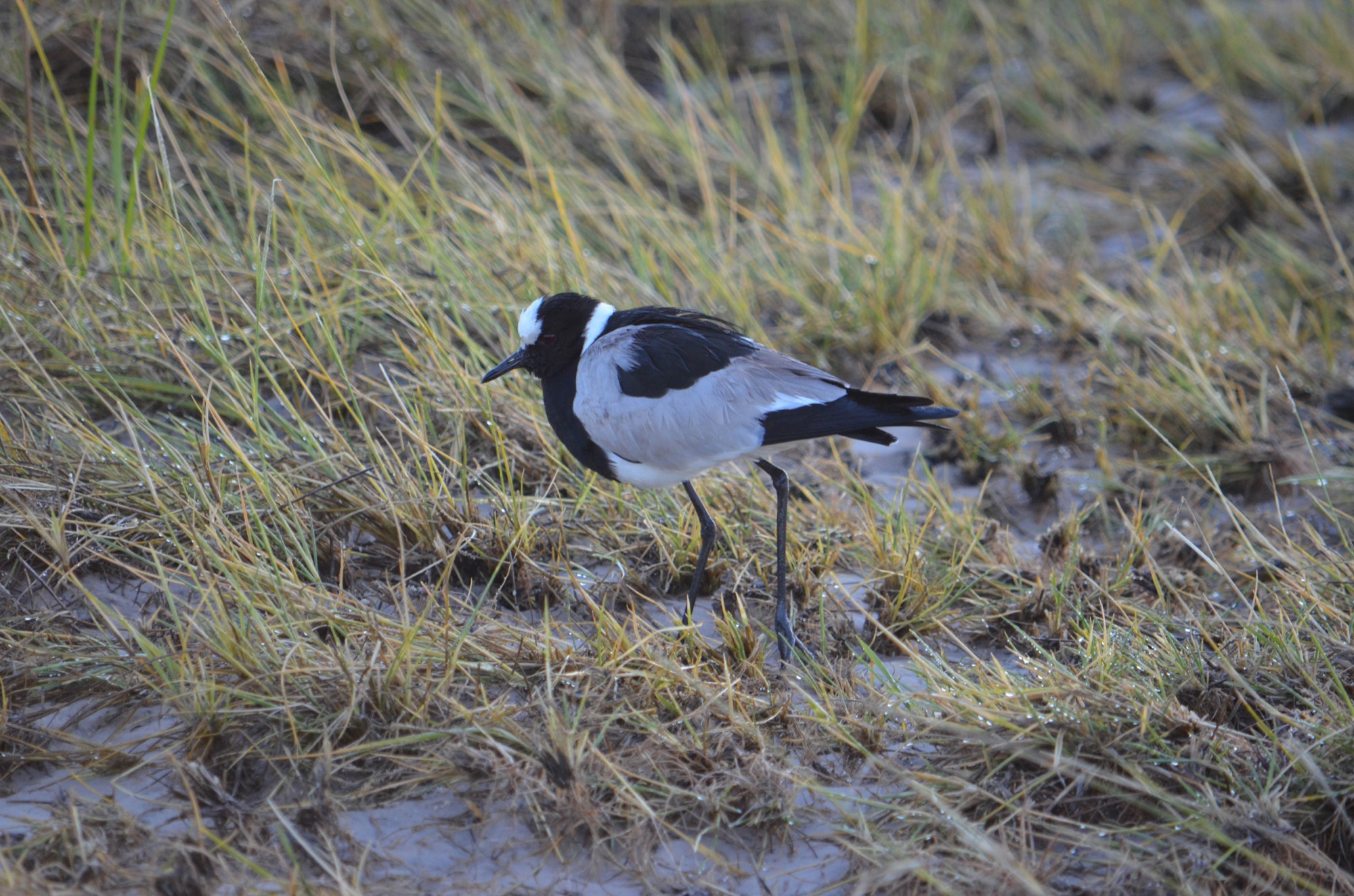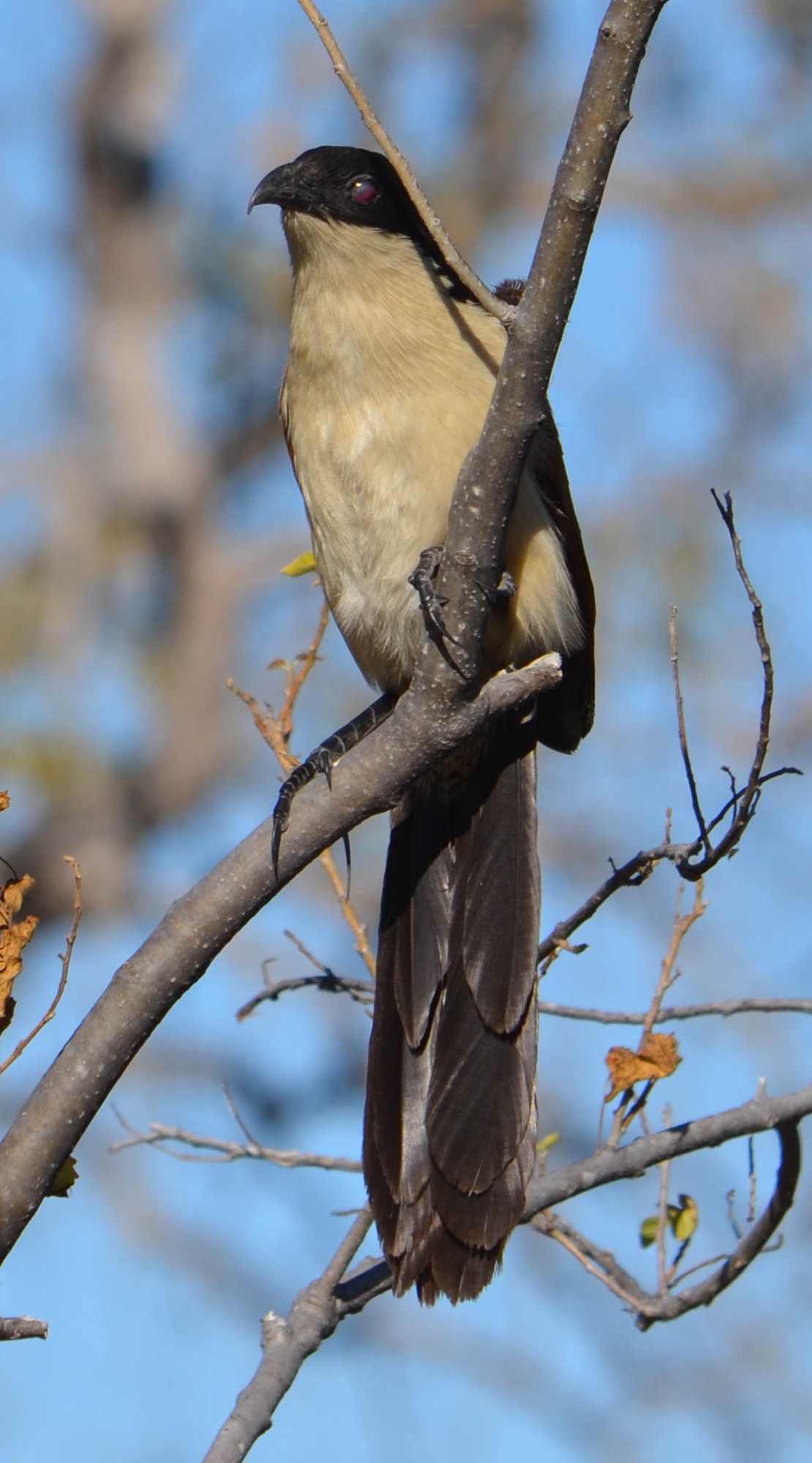It was fun to just sit and watch the animals as they interacted with each other and with their environment. Somehow, observing the animals never got old.
The zebra that we saw were in small groups instead of big herds, but they are very social animals and their interactions are fun to see.
We enjoyed the slow graceful movements of the giraffe and the lumbering deliberate motions of the elephants. We saw only a few wildebeest while at Stanley's Camp and then no others for the rest of our stay in Africa. Most had already migrated to other areas.


